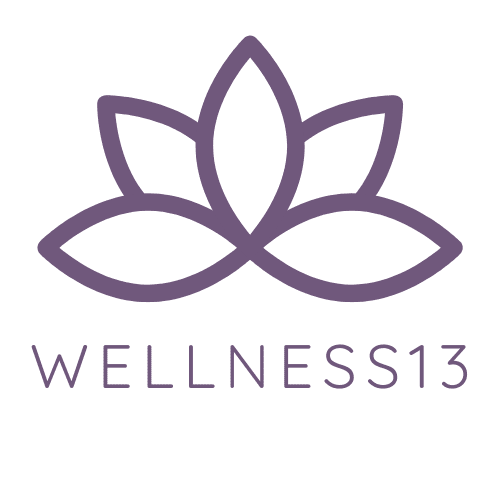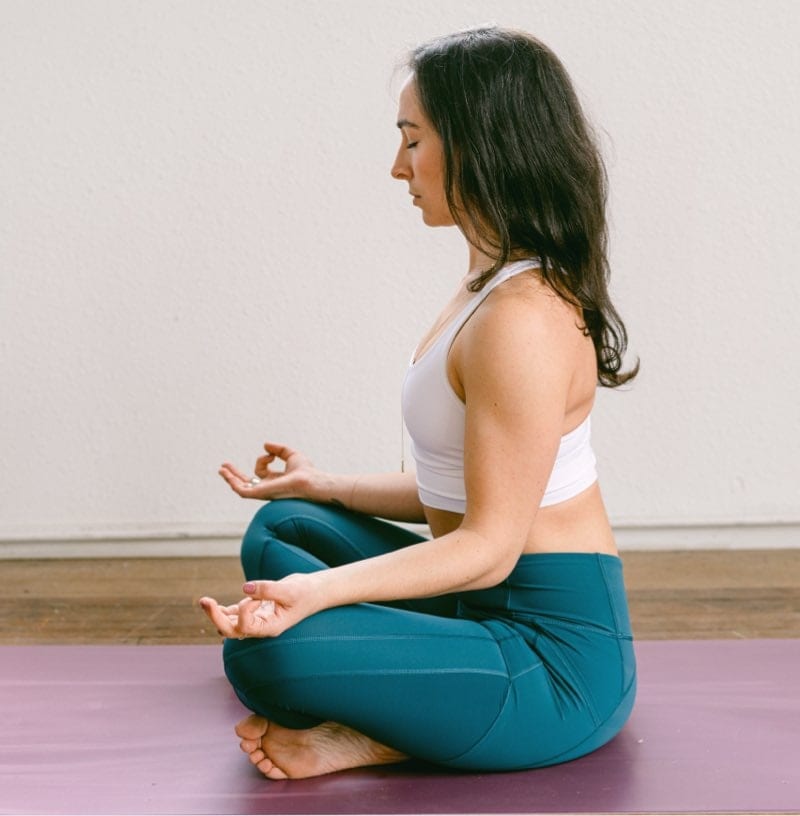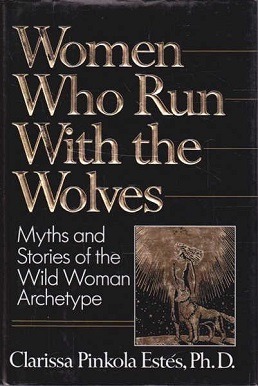Over 20 years ago back in 1998 I laced up my sneakers to head out for a run. I had never actually gone for a run before, but I knew people loved it and it was a great form of cardio, so I decided to give it a try. I ran two miles, felt proud of myself, and then experienced excruciating pain in my knee to the point where I was limping for a few days. And thus ended my running career. I did try it again years later living here in NYC only to have the same experience.
The truth is, I do NOT like running. I don’t find any enjoyment in it, and I firmly believe you need to at least like the exercise you do every day otherwise you won’t stick with it, especially on the days you don’t feel motivated.
But cardio, also called aerobic exercise, is important. Why? It’s one of the three main types of exercise we should be participating in, aerobic(cardio), strength training, and flexibility/stretching. Doing each of these types of exercise can help improve the other plus it prevents boredom by creating variety in your routine. Exercise relates to our functioning in everyday tasks such as walking, picking up items from the floor, bending, carrying heavy bags full of groceries, etc. Moving our bodies is essential to maintaining our health as we age.
Cardio/Aerobic Exercise
Cardiovascular exercise strengthens the heart and burns calories. By giving your heart and lungs a workout, you are building your endurance. If you find yourself winded from going up a flight of stairs it might be time to add more cardio into your routine. This type of exercise has been known to boost your mood and over long term can prevent heart disease, stroke, type 2 diabetes, and depression. Besides jogging, you can also get your cardio in through brisk walks (my favorite), swimming, cycling, step aerobics, kickboxing, HIIT workouts, or dancing (another one of my favorites.) Aim for about 150 minutes of cardio a week or about 3 days a week depending how long your workout is.
Strength Training
As we age, we lose muscle mass and strength training builds it back. As we grow stronger, we are also stimulating bone growth, improving balance and posture, and reducing stress and pain in the lower back and joints. It has also been known to lower blood sugar and assist with weight control. When I first started with strength training, I focused mostly on using just body weight exercises such as, squats, lunges, and push-ups, my least favorite exercise ever, well besides running. This is a great place to start if you are new to adding in strength training.
It wasn’t until last year that I started to embrace using weights for resistance. I felt myself growing stronger and was excited when I ordered the 8lbs and 10lbs weights! That might not seem like a lot to you, but it was a huge accomplishment for me. If you are ready to add in weights, first find the right weight level for you. This is important so that you don’t pull a muscle or cause yourself pain. You can usually go for heavier wights when working your legs and lighter wights for upper body. Start with 2 days a week alternating days where you focus on upper body and then lower body.
Flexibility/Stretching
I know many people who don’t stretch after a workout or don’t realize its importance to their fitness game. But aging leads to a loss of flexibility in the muscles or tendons causing our muscles to shorten and not function properly. When we routinely stretch our muscles, we are making them longer and more flexible. This then increases our range of motion and reduces pain and the risk of injury.
Static stretches such as those found in yoga can be most beneficial. You didn’t think I would forget about yoga, did you? Poses found in a yoga class ask you to hold the stretches for longer periods of time and stretch out your calves, hamstrings, hip flexors, quads, shoulders, neck, and lower back. Many athletes have said that when they added yoga to their routines, they noticed an improvement in their performance. Stretching should be added at the end of every workout without fail. Plus think about adding in yoga or Pilates three or four times a week as well.
Putting it all together.
I just gave you a lot of suggestions but there are only 7 days in a week so how do you get started. The first thing to do is plan out your workouts by creating a fitness plan. Ask yourself: how many days a week do you want to work out? Then build your plan around that alternating with cardio and strength training plus always adding in stretching. This doesn’t mean you have to attend yoga every day but at least stretch at the end of whatever exercise you do and maybe yoga one or two days a week to round everything out.
For example, my routine right now is 3 days barre, 2 days weight training (one upper body, one lower body) and yoga a few evenings a week plus I teach it on Saturday mornings. I also try to get in a few walks a week. Once my 13-week plan is over, I will create a new plan for a certain amount of time putting in the variety to work all my muscles, get my heart rate up, and think about my flexibility.
So, while I have abandoned running, as you can see, I haven’t given up on exercise completely. I have found what works for me and expanded on it over the years. I have recently added in foam rolling for my muscles but that’s for another blog post later this month so stick around for that one.
Wellness Wednesday
ABOUT THE AUTHOR
As a writer, speaker, educator and coach my goal is to help guide people on their own journey to making a wellness lifestyle work for them.
My holistic approach teaches that it’s not just about the nutrition we put into our bodies or our fitness routine, we also need to take care of our own well-being as well.In order to truly live a healthier life we need to realize this is a shift and change in our whole lifestyle and we must cultivate this lifestyle every day.
I’m a certified health coach with a Master’s degree in Health Promotion with a concentration in Community Education.
This degree prepared me to become a Certified Health Education Specialist (CHES). All of this knowledge is helping me create health education programs for children and adults alike.
MORE FROM THE BLOG…
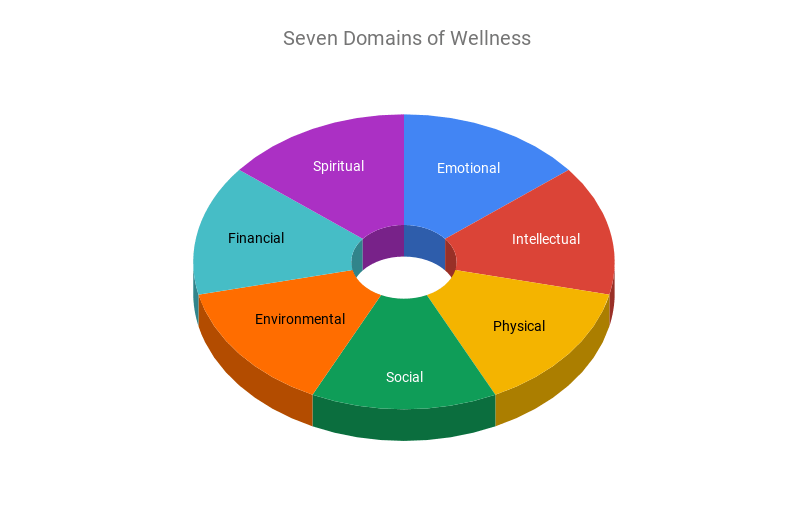
Exploring the 7 Domains of Health
I have always believed that everything we do is interconnected. Which is why when I embarked on this health journey years ago, I called it a wellness lifestyle. I knew that each choice I made, each habit I developed would influence other ones with all of them adding up to how healthy I was inside and out.
My Year in Therapy
It was time to make the call. It was something I had been putting off, but something I knew I needed to do. It was time to get back into therapy. So, back in January I worked up the courage and looked up mental health providers on my insurance platform. And let me tell you, I was lucky on my first call.
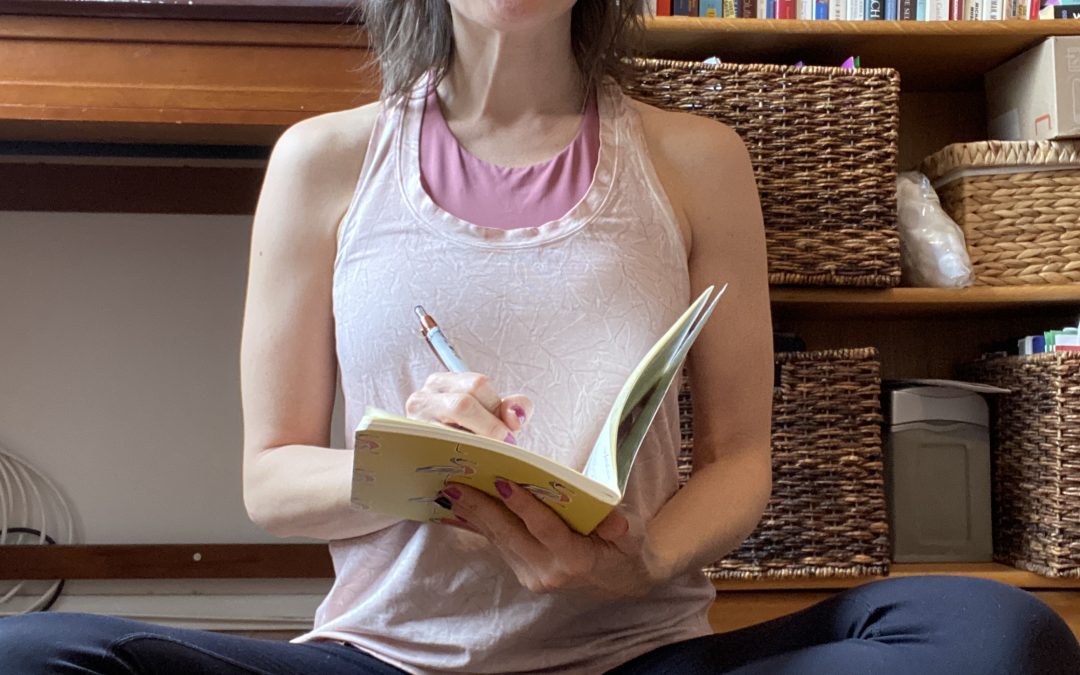
Tell it to Your Journal
Writing in my journal has been a habit for me off and on since I was in high school. I don’t have any set routine around it and sometimes I’m not very consistent. I can go months without journaling only to pick it back up when reading a certain spiritual book, working on trauma healing, I need to work something out, or it’s a new moon ritual.
Is Resilient doing us a Disservice?
I recently read an article discussing the word resilient and it had me thinking how I feel about this word. I’ve used it to describe myself, heard it used to describe others, especially children, but is resilient what we are truly striving for?
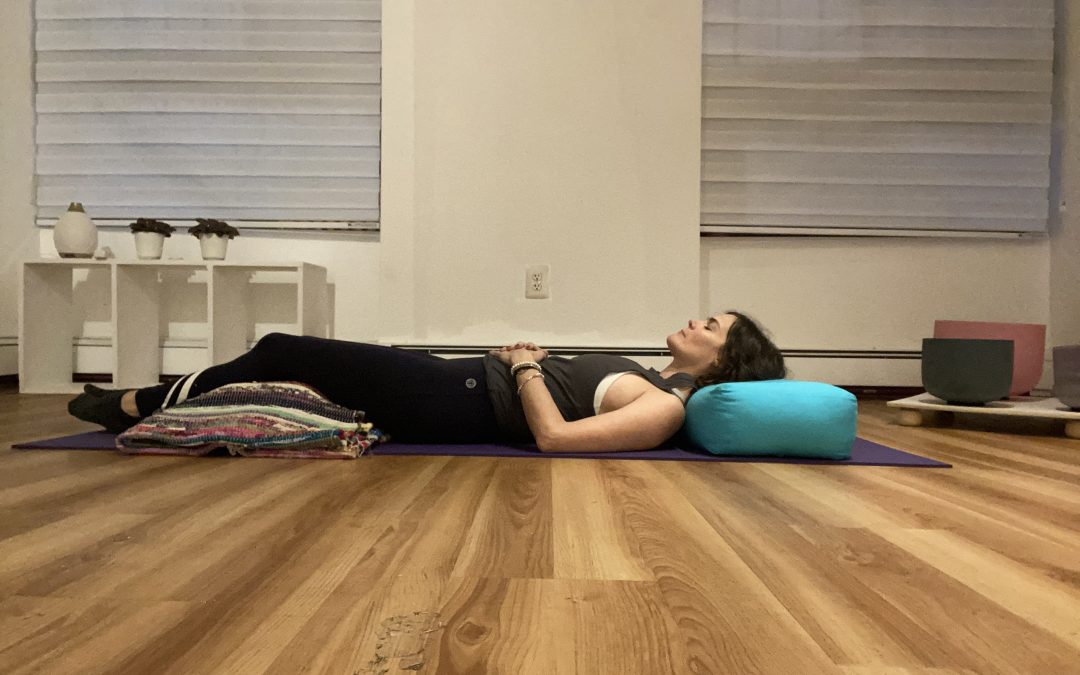
How I went from Hustle Culture to teaching Restorative Yoga
Busy, the Grind, Hustle Culture, whatever you call it, I was a card-carrying member for years! I was proud of my membership and wore it like a badge of honor. I loved being super busy. Work multiple jobs? Check! Go to grad school while working said multiple jobs? Check! Accept every invite and say yes to all the projects coming my way? Check and Check!
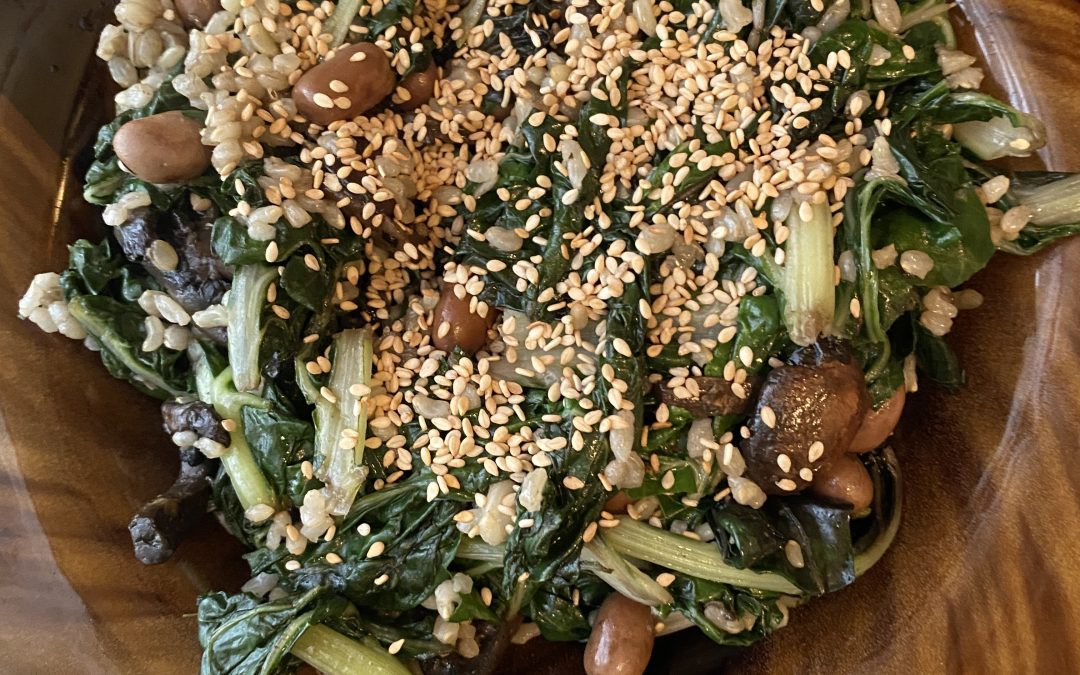
What Did I Learn from Lent?
I was raised Baptist not Catholic, but in my exploration of spirituality and the rituals I would like to participate in, I chose to do Lent this year. Lent is part of the Christian faith and is a time of penitence where we are asked to fast and choose items to abstain from in a way to mark the 40-day period that Jesus was fasting in the wilderness. Giving up certain pleasures is a way to foster simplicity and self-control, it is a reminder of our penance and creates a sort of suffering on our part.
